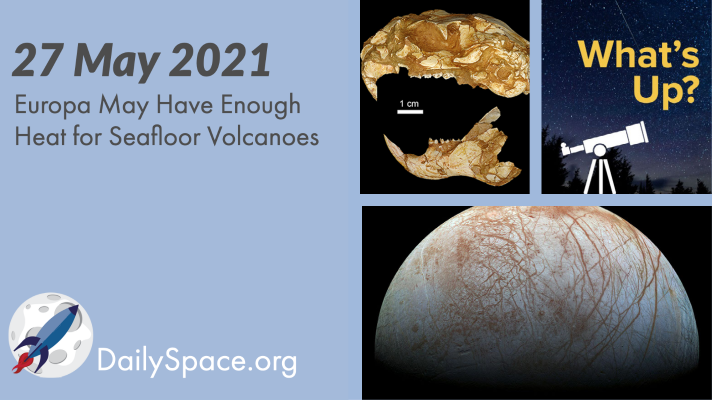
May 28, 2021 | Asteroids, Daily Space, Earth, Exoplanets, JAXA, Jupiter, Mars, Mercury, Saturn, Sky Watching, The Sun, Venus
Jupiter’s moon Europa, an icy world with a subsurface ocean that interests astrobiologists, may actually be hot enough to melt the interior rock and create volcanoes on the ocean floor. Plus, Ryugu, giant planets, fossil discoveries, Martian glaciers, and this week’s What’s Up!
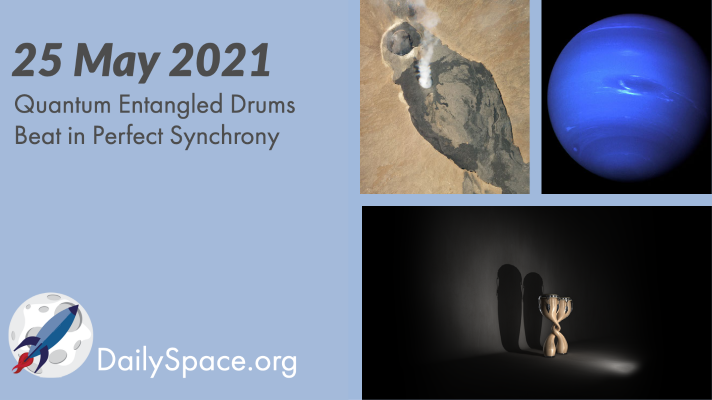
May 26, 2021 | Daily Space, Earth, Galaxies, KBOs, Mars, Moon, Neptune, Physics, Quantum, Rovers, Uranus, Zhurong
Physicists have built a pair of microscopic drums and, through quantum entanglement, have found they beat together in perfect synchrony. Plus, dwarf galaxies, China’s Zhurong rover, the East African Rift, and more about ice giants.
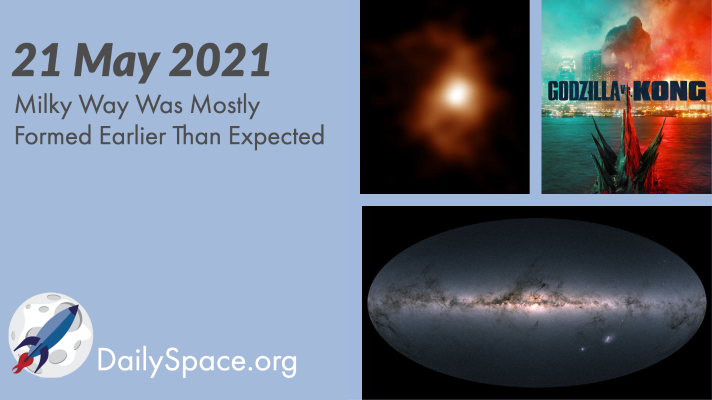
May 24, 2021 | Astrobiology, Climate Change, Comets, Daily Space, Earth, Fast Radio Bursts, Galaxies, Milky Way, Moon, Review, The Sun
New research shows that our galaxy was already in place prior to a major collision with a dwarf galaxy ten billion years ago. Plus, meteor showers, fast radio bursts, tardigrades, climate change, and a science review of Godzilla vs. Kong. No. Really!

May 21, 2021 | Climate Change, Comets, Daily Space, Earth, Mars, Moon, Neutron Stars / Pulsars, Rovers, Sky Watching, Space China, Zhurong
After a successful touchdown on Mars last week, the Zhurong lander has sent back both black and white and color images. Plus, pulsars, ocean depths, heavy metal vapor, radioactive elements, and this week’s What’s Up which includes a total lunar eclipse!
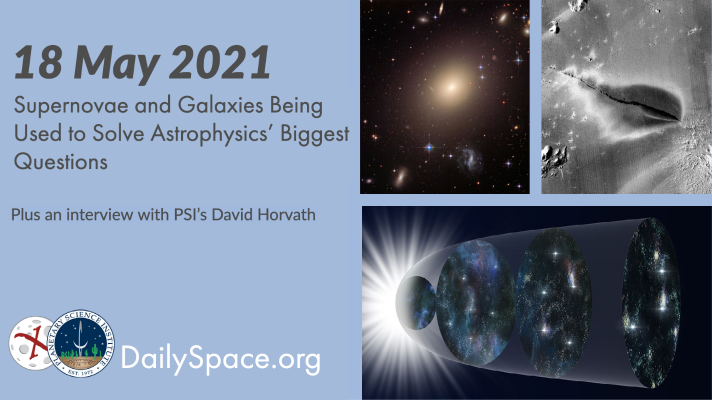
May 19, 2021 | Black Holes (Stellar), Daily Space, Dark Matter, Galaxies, Gemini North, Guest Interview, Mars, Neptune, Physics, Stars, Supermassive Black Holes, Uranus
Two new studies are attempting to solve a couple of big puzzles in astrophysics: Is the Hubble constant actually constant? And why do galaxies have flat rotation curves? Plus, a young star’s circumstellar disk, the search for stellar-mass black holes, magnesium in the deep waters of Neptune and Uranus, and an interview with PSI scientist David Horvath regarding possibly active volcanism on Mars.
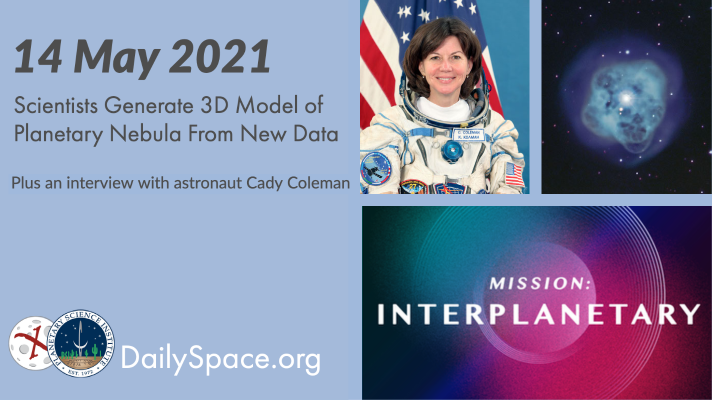
May 17, 2021 | Climate Change, Daily Space, Earth, Guest Interview, Planetary Nebulae, Spacecraft, The Sun
Using spectrographic data from several different telescopes, a team put together a three-dimensional model of planetary nebula NGC 1514, which allowed them to further study the shape and internal motion of the object. Plus, Antarctic sea ice, a history of current flow, magnetic waves, and an interview with astronaut Cady Coleman.








 We record most shows live, on Twitch. Follow us today to get alerts when we go live.
We record most shows live, on Twitch. Follow us today to get alerts when we go live.